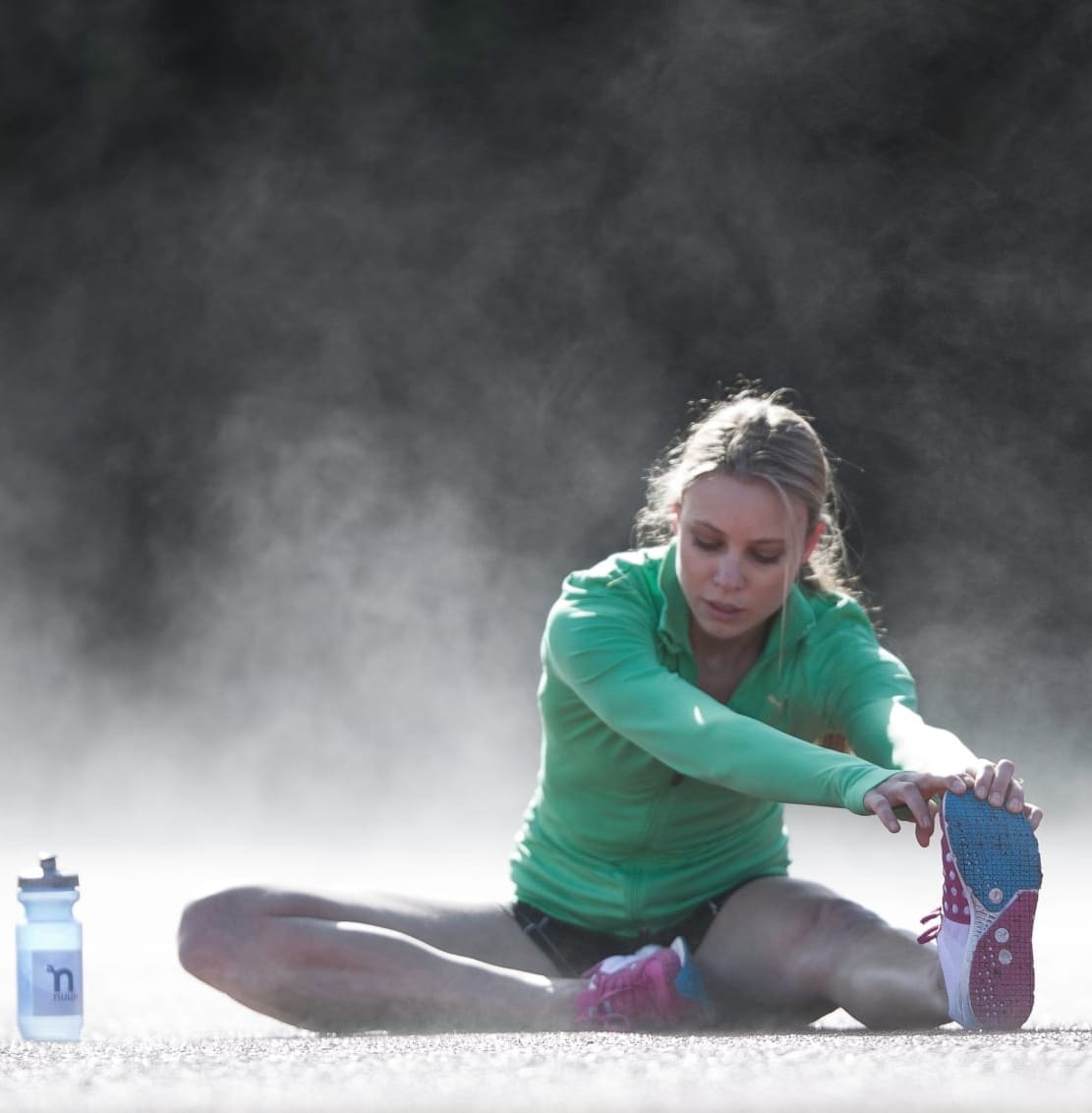Setting Running Goals? Incorporate the ABCs of Goal Setting
Setting goals can help you reach things you may think are unachievable
Achievements don’t just pop out of thin air, they are are earned. Highly successful individuals are big on setting goals for themselves. This is why it is important to apply goal setting to things you would like to accomplish in running. Goal setting in running does a few things. They can hold you accountable, be motivating, and build confidence.
Many times we desire something but we get lost on the path and come up empty handed. That is why it is important to follow the ABC’s of goal setting: Accountability, Belief, and Commitment.
By following these you will be able to grow with your goals and achieve all your running dream.
Choosing Your Running Goals

First, choose a big goal. For beginners this might be to run a 5K while those that have been running for awhile might set a goal to win their age group or maybe even winning a marathon. These are all example of larger scale goals that can take longer to accomplish.
Once you have your big goal you will want to set smaller goals that you can easily cross off and that help you build to your goal. These can be anything from starting walking once a week, transitioning to running for the very first time, or even completing a specific type of run workout.
It’s imperative to have smaller, attainable ones along the way to your large goal. These smaller goals can keep you on track and keep your motivation levels high. Start with 2-3 goals that effect your everyday and then 2-3 goals that you will achieve over time.
Example:
Big Goal – Run a Marathon in 2022
Smaller goals to help you get there: 1) Set a healthy weekly meal plan 2) Wake up 30 minutes earlier to have time to workout 3) Complete a virtual 5K 4) Run a 9:00 mile
Once you have these set, it is time to apply the clue that will hold them all together.
Applying the ABCs of goal setting
Accountability

You don’t have to go at this alone, invite in your friends and family. Associating with the right people always has a positive influence on your thoughts and actions. Communicate your goals with those around you and then surround yourself with those who support you.
For example, find a training partner. Training with someone who has similar aspirations will help you stay accountable. If you have plans to run early in the mornings, you’re more likely to get out of bed if you know your friend is out there waiting on you. In addition to holding each other accountable, you and your training partner can compare notes, adjust training as needed, and celebrate each other’s accomplishments.
If you don’t currently have anyone in your community reach out new places, like the Austin Marathon Facebook Group. There are so many amazing online communities, be sure to lean on these and find your people.
Belief

Have faith in yourself, you can do this! Maintaining a positive attitude is the crux of achieving what you set out to accomplish. You’ll have bumps and bad weather along the way. Focus on what you can control. Negative emotions affect your health negatively and give you a reason to skip a run or workout.
On the other hand, believing you can achieve your goals will go a long way during your training. Don’t set completely unrealistic goals. You want them to push you, but not so much that it negatively impacts your training. Mental toughness needs to be a part of your belief system. Learn how to build your mental toughness so you can get through the tough times.
Commitment
Commitment goes in tandem with accountability. You have to fully commit. Sign up for the race that meets your goal. Trust us with money on the line and having those around you to check in and make you accountable – you are so much more likely to get the the finish line.
Commitment is an integral part of goal setting and improves the chances you do what’s needed to reach the smaller ones. If you commit to training for a race, you also have to commit to early mornings, eating healthier, and completing your workouts.
Every commitment you make gets you one step closer to reaching the finish line. Don’t let excuses get in the way of your commitment. Use these excuse busters, they’ll keep you on track.
What To Do When Goals Get Off Tack
When goal-setting, make them attainable. That’s how you improve and set goals that make you a better athlete and person. If you think you can increase your mileage with a few weeks with some hardcore training, you are wrong. In reality, you increase your chances of injury.
If find yourself slipping off and saying “oh I’ll do that tomorrow…next week”, pause reassess your smaller goals and find ways to balance life and training. When thinking about what’s next for you, make sure you begin your foundation with the ABCs of goal setting. They’ll help keep you on track and accomplish your smaller goals along the way.



 After a good run or workout session, you’re covered in sweat and your heart is racing. When you properly cool down after a run your heart rate can get back to its normal state. Stopping suddenly after a run without cooling down can cause dizziness. It is equally important to cool down after a run as it is to warm up before a run.
After a good run or workout session, you’re covered in sweat and your heart is racing. When you properly cool down after a run your heart rate can get back to its normal state. Stopping suddenly after a run without cooling down can cause dizziness. It is equally important to cool down after a run as it is to warm up before a run. 


